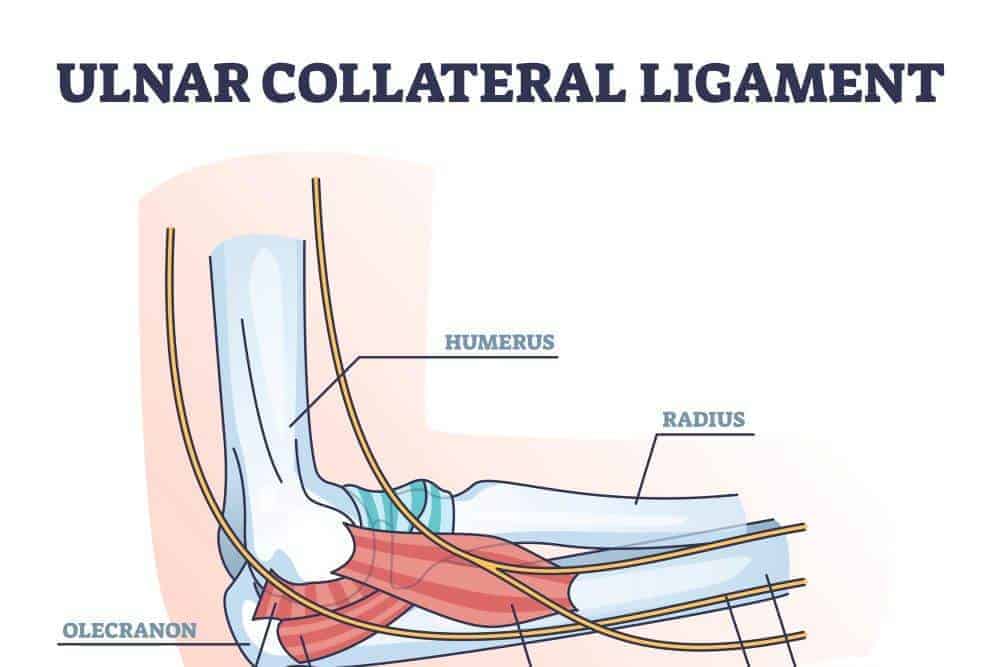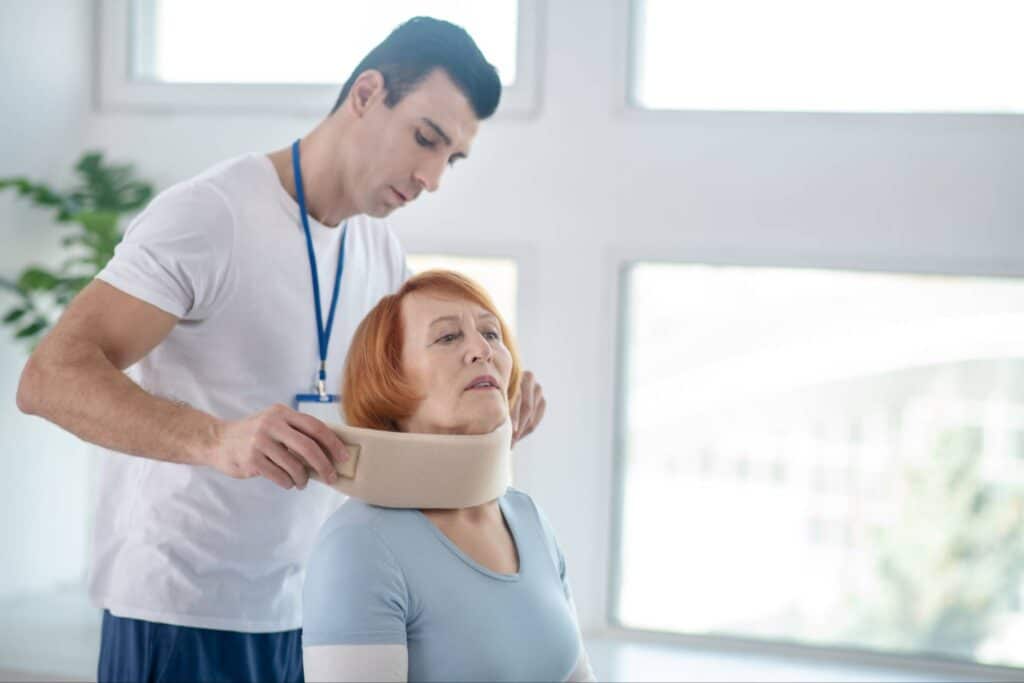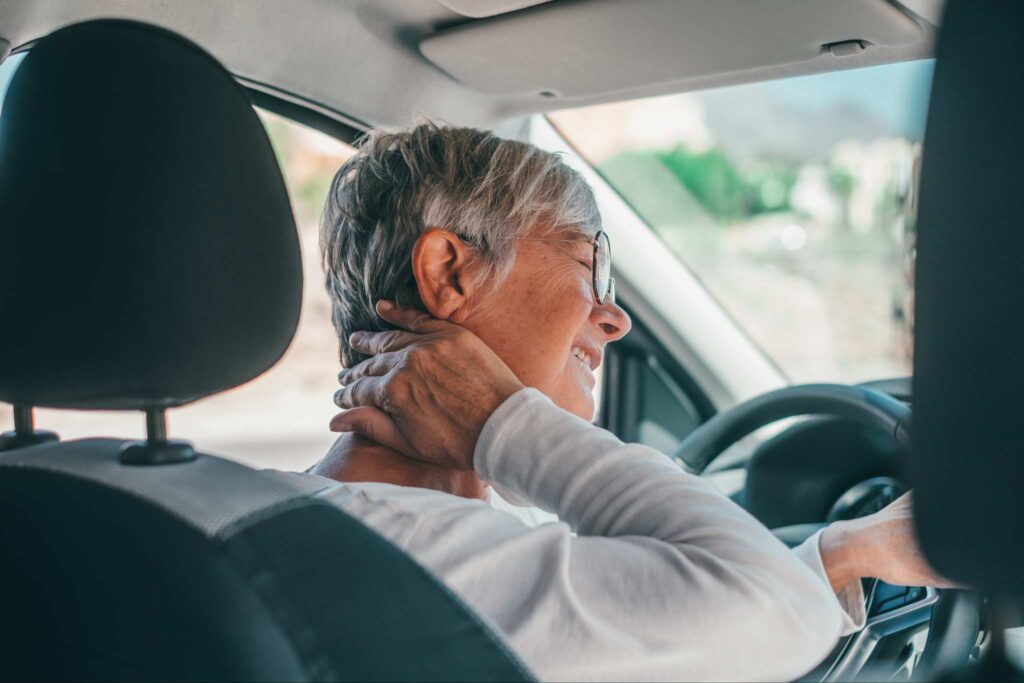Elbow injuries can be extremely frustrating to deal with, and they can sideline you from your favorite activities for months. Thankfully, the team at AICA Orthopedics is experienced in treating torn ligaments in the elbow and can advise you on the best treatment options for your particular situation.
Ulnar Collateral Ligament Tears
If you’re experiencing tingling in your fingers or elbow stiffness or numbness, you may have an ulnar collateral ligament (UCL) tear. A UCL tear is an injury to one of the ligaments inside your elbow. The UCL is attached to the humerus, the bone of the upper arm, on one side, and the ulna, the bone in the forearm, on the other side. When the UCL is torn, the tether is too long, and the bones move more than they should. A UCL tear can range from minor damage such as inflammation to a complete tear of the elbow ligament. If you’re experiencing symptoms of a UCL tear, we welcome you to reach out to AICA to ensure that you receive a proper diagnosis and an effective treatment plan.
Causes of UCL Tears
A UCL tear can be caused by ligament overuse or a traumatic injury. Overuse is the most common cause of UCL injuries, and patients typically exhibit a gradual onset of elbow pain due to the repetitive stress on the ligament. Repetitive motion, such as overhand throwing, causes stress on the ligament, which is why UCL injuries are often associated with baseball pitchers. Months or years of this activity can stretch the UCL, causing irritation and breakdown of the tissue from small micro tears. The elbow joint becomes unstable, and the UCL may become inflamed or torn, or the end of the ligament may pull away from the bone. Traumatic UCL injuries entail a hit or blow to the elbow, such as falling and landing on an outstretched arm to break a fall. These types of elbow injuries can also result in dislocation of the elbow or a fracture that injures the UCL.
Symptoms of UCL Tears
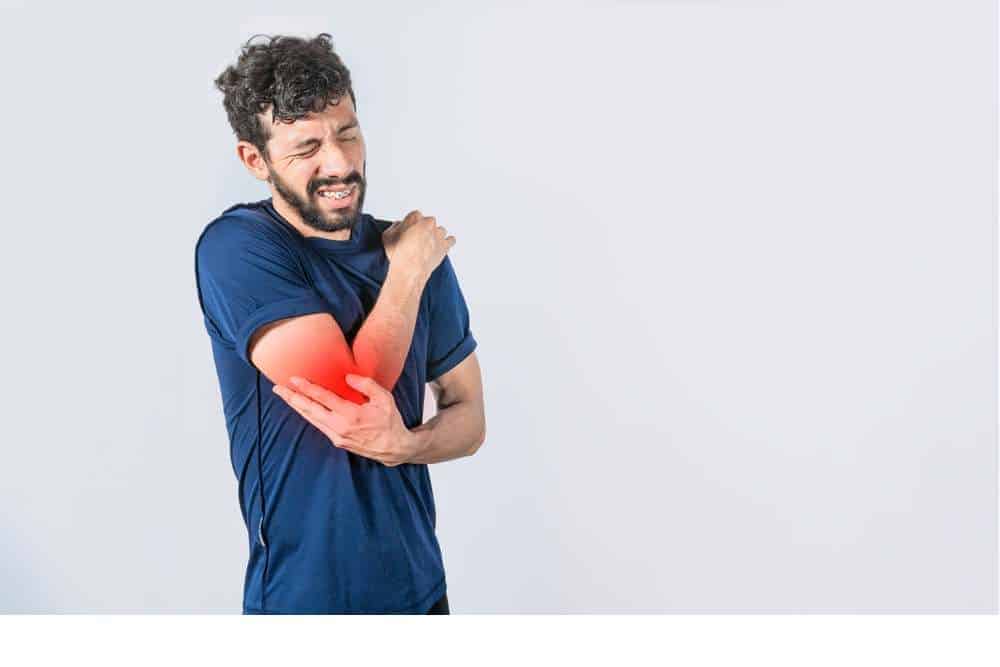 UCL tears are often felt as a pop in the elbow, and you are typically unable to continue activity involving the elbow after it occurs. Symptoms of UCL tears also include swelling and bruising at the site of the elbow injury, inability to throw at full speed, elbow stiffness, numbness or tingling in the ring and little fingers, and clumsiness or weakness of the hand grip. The elbow instability from a UCL tear may impact your ability to participate in sports that require throwing; however, it’s unlikely that it will affect day-to-day activities, such as carrying groceries.
UCL tears are often felt as a pop in the elbow, and you are typically unable to continue activity involving the elbow after it occurs. Symptoms of UCL tears also include swelling and bruising at the site of the elbow injury, inability to throw at full speed, elbow stiffness, numbness or tingling in the ring and little fingers, and clumsiness or weakness of the hand grip. The elbow instability from a UCL tear may impact your ability to participate in sports that require throwing; however, it’s unlikely that it will affect day-to-day activities, such as carrying groceries.
Diagnosis of UCL Tears
Typically to diagnose a UCL tear, your healthcare provider will review your athletic and medical history and perform an exam. During the exam, they will check your elbow’s range of motion, strength, and stability. A valgus stress test is often used to assess the condition of the UCL. During the valgus stress test, a doctor will test your elbow for instability. They may also provide additional tests, including computed tomography (CT), x-rays, musculoskeletal ultrasound, magnetic resonance imaging (MRI) scan, or an arthrogram. These advanced imaging tests and tools are used to determine if the ligament is torn and also to determine the extent of the elbow injury.
Treating Ulnar Collateral Ligament Tears
Treatment of your UCL tear will depend on the injury’s severity and on how much you want to use your arm for throwing activities and strenuous overhead movements in the future. There are both surgical and non-surgical options available. Non-surgical treatment typically has a quicker recovery time; however, depending on the severity of your elbow injury, it’s possible that you may not regain full range of motion in your elbow without surgery. Your healthcare specialist will be able to help you determine which treatment is best for you.
Non-surgical Treatment
If the ligament tear is minor, you can find relief from elbow pain and discomfort from non-surgical treatments. Non-surgical treatment options include activity modification, rest, nonsteroidal anti-inflammatory drugs, ice, physical therapy, and injections of platelet-rich-plasma. With the platelet-rich-plasma (PRP) treatment, a small amount of your blood is withdrawn and your platelets are then injected into the area of your elbow injury. PRP treatment is often helpful in patients with a partial tear.
Surgical Treatment
If non-surgical treatment does not alleviate symptoms or if the ligament tear is more severe, your specialist will typically recommend surgery for your UCL tear. When a pop is felt in the elbow, surgical repair is typically necessary to allow a return to strenuous physical activity and competitive sports. UCL surgery will help to restore function, strengthen the elbow, and alleviate pain from the elbow injury. Prior to UCL surgery, your surgeon may initially perform an arthroscopy to check for any associated problems and repair if necessary. There are two surgical options for UCL tears, reconstruction or a direct repair.
UCL Reconstruction
UCL reconstruction surgery, commonly referred to as Tommy John Surgery, is the most popular surgical procedure for UCL tears. The procedure is named after the first person to undergo the surgery, Tommy John, a major league baseball player who tore his elbow ligament in 1974. The surgery was successful, and he was able to successfully return to pitching in baseball.
During a Tommy John Surgery, the surgeon takes a tendon from another area of your body or from a donor. Tendons that are commonly used as grafts for UCL reconstruction include the hamstring tendon, palmaris longus tendon from your forearm, and the big toe extensor tendon. This tendon is then attached to the ulna and humerus bones to act as the new UCL. To attach the new tendon, holes are drilled into the bones and the graft is threaded through these holes and secured by sutures, screws, or buttons. The remaining parts of the original UCL are sometimes attached to the new graft to strengthen it. The goal of Tommy John Surgery is to restore the elbow’s stability and range of motion, improve the elbow’s strength, and relieve pain.
UCL Direct Repair
UCL direct repair is sometimes used instead of UCL reconstruction when the UCL was injured in a traumatic event and pulled off the bone. During this procedure, the surgeon reattaches the UCL to the bone by reinforcing it with a strong, tape-like suture that is coated in collagen and locked into the ulna and humerus bones with anchors. The collagen coating helps to aid the healing process, and the tape protects the UCL while it heals and also braces it against stress on the elbow from activities such as high-velocity throwing. The UCL direct repair is less invasive than reconstruction and may have a shorter recovery time.
Recovery from UCL Tears
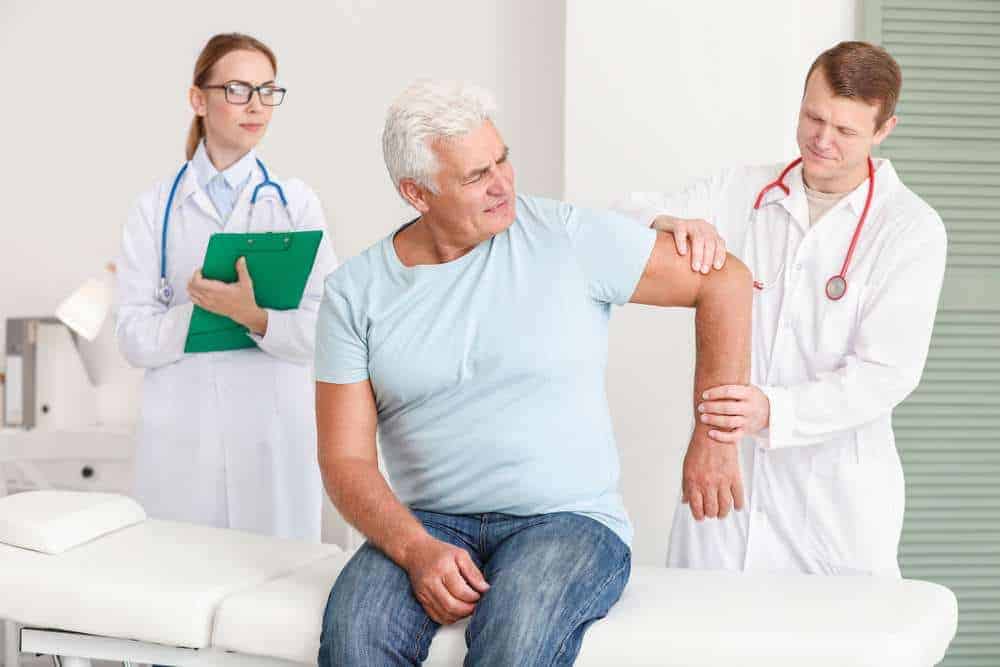 Recovery from UCL tears that do not require surgery may take several weeks to months, depending on your treatment and also on how much range of motion you desire to regain. A UCL reconstruction can take nine months to a year or longer.
Recovery from UCL tears that do not require surgery may take several weeks to months, depending on your treatment and also on how much range of motion you desire to regain. A UCL reconstruction can take nine months to a year or longer.
Recovery from a UCL reconstruction typically involves three phases. First, immediately after surgery, the elbow is secured in a brace at a 60 to 90-degree angle. The goal of this initial phase is to reduce inflammation while protecting the healing tissue. The next phase begins one to two weeks after surgery. During this phase, you can start to move your elbow joint. You may have a brace that can be locked at a certain angle when you’re not engaging in physical activity. The focus during this second phase is to start slowly increasing your elbow’s range of motion. The third phase typically starts after one-month post-operation and during this phase, you may be able to extend your elbow fully and stop wearing a brace. If you are regularly attending physical therapy, you may regain your elbow’s normal range of motion two to four months after surgery.
If you plan to return to high-velocity throwing activities, you will require personalized pain management and physical therapy program to improve your elbow’s range of motion and strengthen your elbow. In the majority of cases, a throwing athlete can return to throwing between six and nine months following a UCL reconstruction and can return to competition after nine months to one year. Your specialist can work with you to determine the recovery plan that best suits your needs.
Get Treated Today
Visit AICA Orthopedics to learn more about how our team of doctors can help you receive a proper diagnosis and provide you with an effective treatment plan for your torn elbow ligament. Our specialists will talk you through all of your options for your injury, and our orthopedic doctors will help you determine what treatment will work best for you. We also have physical therapists who work alongside our orthopedic surgeons and other specialists to ensure that you receive quality, comprehensive care as you recover. Whether you are an athlete trying to return to sports or an individual looking to get back to your daily activities, we will work closely with you to understand your unique needs and personal recovery goals. Call or visit us online to get started at an AICA Orthopedics location near you.
